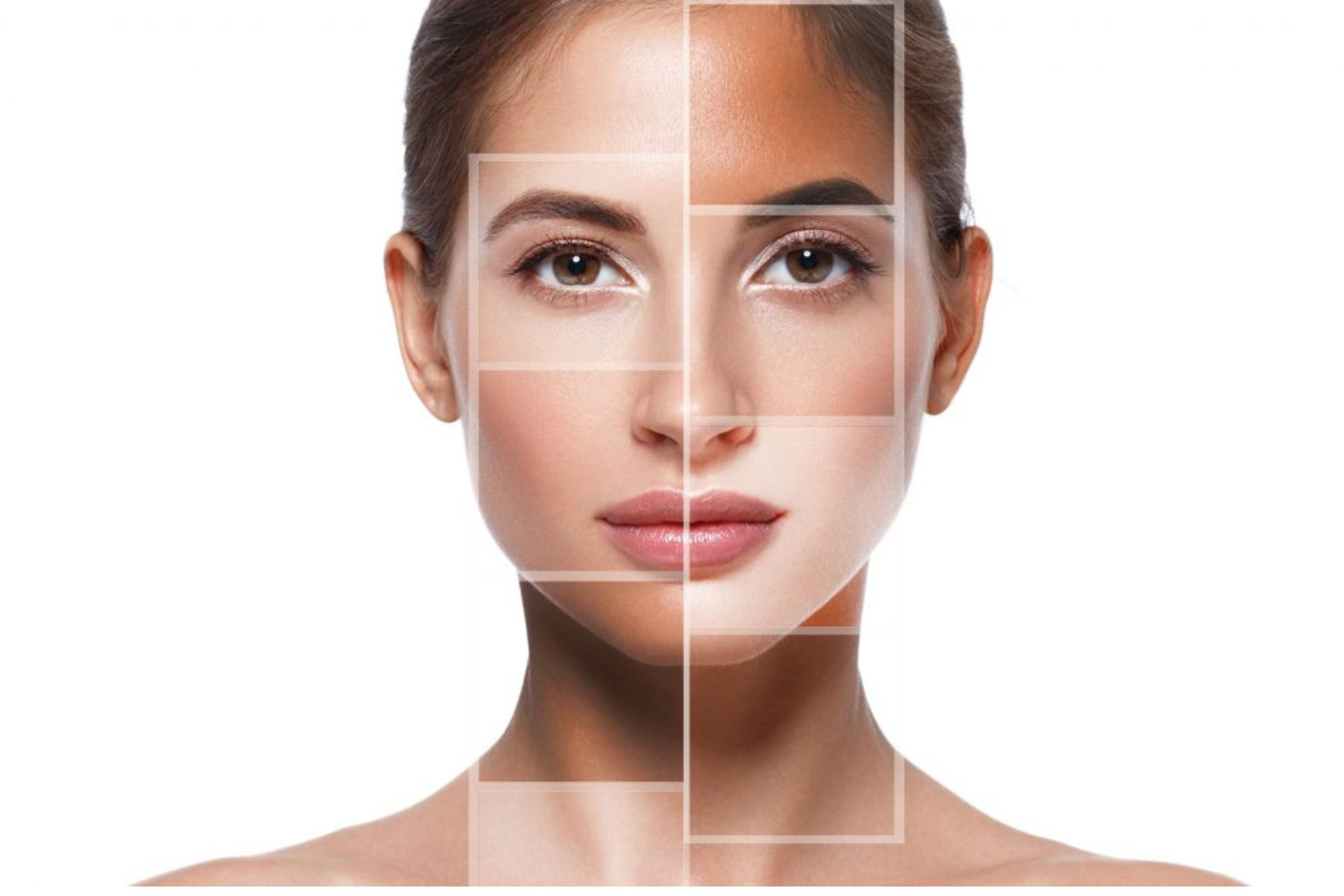Laser skin resurfacing is a revolutionary cosmetic procedure designed to rejuvenate the skin by reducing wrinkles, fine lines, scars, and other imperfections. It uses concentrated beams of light to improve the texture and appearance of the skin, making it one of the most sought-after treatments in dermatology and cosmetic surgery. Here’s a comprehensive guide to understanding laser skin resurfacing, its benefits, procedure, and more.
What is Laser Skin Resurfacing?
Laser skin resurfacing is a procedure that uses laser technology to remove damaged or aged skin layers and promote the growth of new, healthier skin. It targets specific skin concerns such as:
- Wrinkles and fine lines
- Acne scars and surgical scars
- Age spots and pigmentation issues
- Uneven skin tone and texture
There are two main types of laser technologies used in resurfacing: Ablative and Non-Ablative lasers.
Types of Lasers Used in Skin Resurfacing
1. Ablative Lasers
- Removes the outer layer of the skin (epidermis) while heating the underlying skin (dermis).
- Stimulates collagen production for smoother and firmer skin.
- Common types include CO2 lasers and Erbium lasers.
2. Non-Ablative Lasers
- Targets the deeper layers of the skin without removing the surface layer.
- Promotes collagen growth and tightens skin.
- Ideal for minimal downtime and milder skin imperfections.
Each type has unique benefits, and the choice depends on the individual’s skin type and goals.
Benefits of Laser Skin Resurfacing
- Reduces Fine Lines and Wrinkles: Particularly effective around the eyes, mouth, and forehead.
- Improves Skin Texture: Removes rough patches and uneven skin tone.
- Minimizes Scars: Reduces the appearance of acne scars and surgical scars.
- Treats Pigmentation Issues: Reduces sunspots, age spots, and melasma.
- Boosts Collagen Production: Promotes natural skin tightening and firmness.
- Customizable: Can be tailored to address specific skin concerns and areas.
Who is a Candidate for Laser Skin Resurfacing?
Laser skin resurfacing is suitable for people who:
- Have visible signs of aging, such as wrinkles and sagging skin.
- Suffer from acne scars or discoloration.
- Want to improve their skin’s texture and tone.
- Are in good general health and do not have active skin infections.
Note: People with darker skin tones may need to consult with a specialist to minimize risks of pigmentation changes.
How to Prepare for the Procedure
- Consultation: Visit a qualified dermatologist or cosmetic specialist to discuss your skin concerns and goals.
- Avoid Sun Exposure: Protect your skin from the sun at least 2 weeks before the procedure.
- Stop Smoking: Smoking slows the healing process and can affect results.
- Medications: Inform your doctor about any medications or supplements you’re taking, as some may need to be paused before the treatment.
- Skin Preparation: Your dermatologist may recommend specific creams or serums to prepare your skin.
The Laser Skin Resurfacing Procedure
Step-by-Step Process
- Cleaning: The skin is cleaned thoroughly to remove dirt, oil, and makeup.
- Anesthesia: Depending on the laser type, topical or local anesthesia may be applied to minimize discomfort.
- Laser Treatment: The laser is applied to the treatment area, targeting damaged skin layers or specific imperfections.
- Cooling: A cooling device may be used to soothe the skin during or after the treatment.
Duration:
The procedure can take 30 minutes to 2 hours, depending on the area and type of laser used.
Aftercare and Recovery
- Skin Redness: Expect redness and swelling similar to a sunburn for a few days.
- Moisturization: Apply a prescribed moisturizer to keep the skin hydrated.
- Sun Protection: Use sunscreen with SPF 30 or higher to protect the healing skin.
- Avoid Makeup: Wait for the skin to heal completely before applying makeup.
- Follow Doctor’s Instructions: Stick to the post-procedure care plan provided by your specialist.
Risks and Side Effects
While laser skin resurfacing is generally safe, some potential side effects include:
- Redness and swelling
- Temporary darkening of treated areas
- Scarring (rare)
- Changes in skin pigmentation
- Infection (if aftercare instructions are not followed)
Choosing an experienced professional reduces the likelihood of complications.
Cost of Laser Skin Resurfacing
The cost varies based on factors like:
- The type of laser used
- The size of the treatment area
- The clinic’s location and expertise
For high-quality and personalized care, visit Mirror Talks Clinic and Salon. Their team offers advanced laser skin resurfacing services tailored to meet your unique needs.
Results and Longevity
The results of laser skin resurfacing can be visible within a few weeks and improve over time as collagen production increases. With proper skin care and sun protection, results can last for several years.
Why Choose Laser Skin Resurfacing at Mirror Talks Clinic and Salon?
At Mirror Talks Clinic and Salon, you’ll benefit from:
- Experienced Specialists: Highly trained professionals who ensure safe and effective treatments.
- Cutting-Edge Technology: Advanced lasers for precise and tailored results.
- Comprehensive Care: Detailed consultations and post-treatment support.
Conclusion
Laser skin resurfacing is a powerful solution for anyone looking to rejuvenate their skin and restore its youthful glow. With the right preparation, skilled professionals, and proper aftercare, this treatment can provide transformative results.
For expert advice and services, visit Mirror Talks Clinic and Salon. Rediscover radiant, healthy skin with their personalized treatments!


